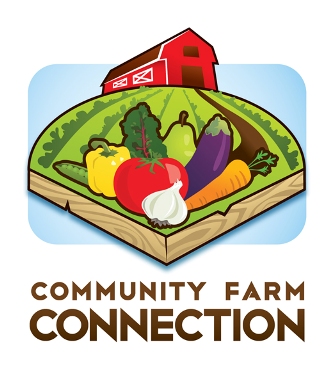
In order to effectively start a gleaning project, a VISTA needs to familiarize themself with the regional hunger relief agencies and the existing food and distribution systems in the communities served. This was accomplished by conducting a regional food bank survey which included questions addressing the existing food distribution system in the region as well as its limitations. This regional food bank survey, the first of its kind, offered some significant findings; which helped to create the foundation of the gleaning project.
Finding your gleaning project’s “niche” within existing agencies
1. Establishing a positive relationship with existing hunger relief agencies is important
-
Go to the as many different food banks in the area as possible throughout the year. (Share information and goals about the gleaning project with food bank coordinators, volunteers and clients)
-
Show up regularly at a few food banks to develop relationships with clients.(Regular participation helps the coordinator get a better understanding of the hunger relief atmosphere in the community)
-
Listen to how coordinators treat clients, volunteers and speak about other agencies as this enable you to better understand the ‘tone’ of the hunger relief efforts in the area.
2. What other local agencies can get on board with the hunger relief efforts through gleaning that have not been previously?
-
Local schools
-
Service groups (Rotary, Kiwanis, Youth United)
-
Farmers Markets
-
Existing community gardens
-
Housing authority
Building A Strong Foundation
Creating working documents, although tedious, is useful when gleaning gets into full swing and time is limited. Having key phrases and statistics easy to find is important. Key statistics such as the rate of food insecurity, number of new clients at food pantries, amount of food wasted annually, etc. The USDA, Feeding America, Food Life Line and other online resources are useful. Use these in your outreach materials and fundraising campaigns. It is powerful to inform people of a problem in the community and simultaneously give them an opportunity to help remedy the issue. Some examples:
-
Mission statement
-
Local/regional hunger statistics
-
Cost estimates of needed supplies
First Year Reminders
1. Be sure to be realistic about first year gleaning goals. (List all projects, making short and long term goals)
2. Connections are more important than pounds. (How strong is your relationship to key partner organizations? Identify community reach)
3. Creating a STRONG foundation will ensure sustainability for the future.
4. Many of the positive results will not be tangible or quantitative in the first year, it is important not to compare with more established programs. Instead look to other examples for innovative ideas that can be adapted your host site! Read and share with local emergency food providers WA Food Coalitions’ resources, particularly Recipes for Success. There are organizations that have done a lot of the legwork already, use their ideas!


